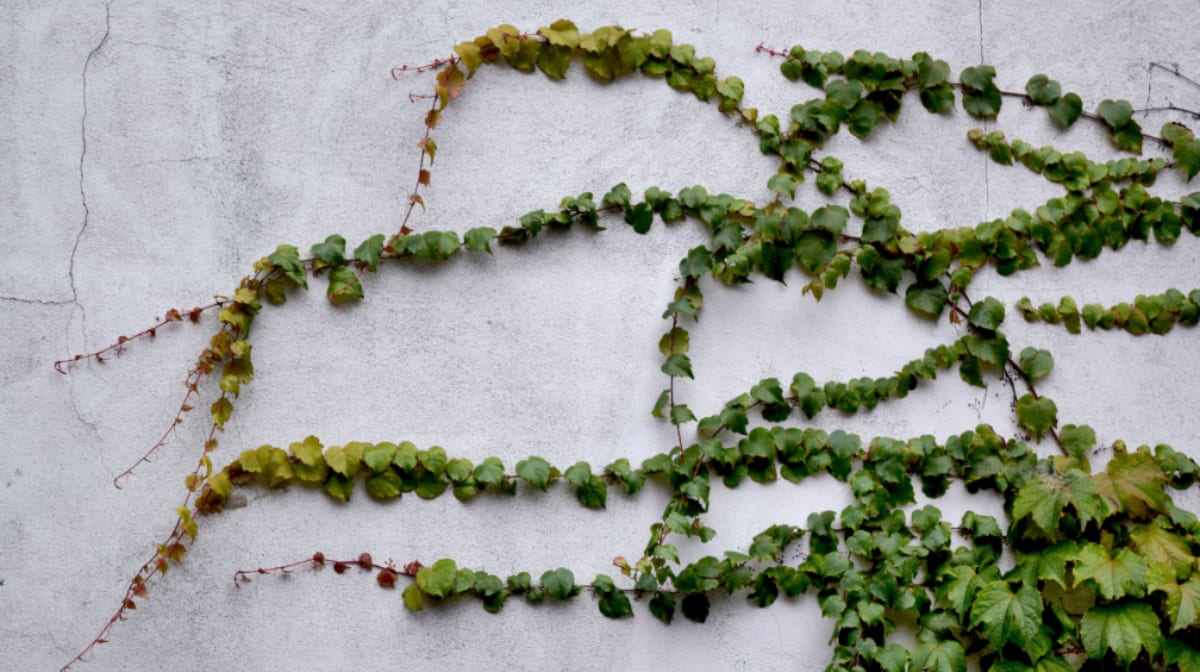
Being in the woods this spring and summer can be an exciting adventure. Whether you’re camping, playing outside with your kids, or going for a hike it’s important to know the hazards of poisonous plants. By poisonous plants we mean the ones that cause an allergic reaction, which can be a bothersome plant for many people. 85% of the population will have a reaction to these pesky plants! So here's how to treat poison oak and other poisonous plants this summer and beyond.
Poison Ivy: How It Causes A Rash
Some facts about poison ivy are: you can get a rash also known as contact dermatitis by touching the oil on the plant, or by coming in contact with something that the plant has touched like clothes, toys, camping or sporting equipment. In fact, you can still get oil contact on most surfaces from many years back. Scientists have actually found plant matter from these poisonous plants on surfaces dated from a hundred years back. In most cases once you have the rash you can't spread it to another person, only the oil from the plant can spread.
You can also get poison ivy by burning the wood for a bonfire, inhaling the smoke can leave some people in the hospital. No one is immune to getting poison ivy, oak, or sumac. Some people are less susceptible to getting it, but no one is in the clear. Your body can have a reaction every time it is exposed.
If you are exposed to any of these poisonous plants you will want to rinse your body with cold water within an hour after being exposed. When showering do not use hot water, this will open your pores and let the oil penetrate into your skin. You can use an antibacterial soap to clean your skin, and preferably cleansers with Aloe Vera or Eucalyptus to soothe irritation, like this one from Molton Brown.
How to Treat & Prevent Poison Ivy
Treatments consist of a cold compress (a bag of frozen veggies should do the trick), apply rubbing alcohol to dry out the sap, calamine lotion or tea tree oil will ease the itch. For severe cases your doctor may prescribe a steroid cream.
How long should you be expected to be in pain? Experts say it could be 3 weeks before the rash completely disappears. What causes the rash? Oil called urushoil causes an allergic reaction; this is the oil in the leaves, vines, and roots of the plant. One good thing about poison ivy and oak is your little furry friend and other animals can't be exposed. Although if the oil from the plant is on their fur you can be exposed, take caution by giving your pet a cool bath.
If you can’t find anything nice to say about poison ivy remember that wild birds like to eat the seeds and animals like goats love to eat these “poisonous” plants. Native Americans have found medical uses for it including curing warts, ringworm, and rattlesnake bites, and it also prevents the earth from eroding near the ocean. Who knew?
Beyond the Warmer Seasons
Due to its versatility to grow almost anywhere and at all times of the year, it is important to know what the plants look like. They can change colors during seasons, the leaves can change depending on the climate, and you can get a rash off the dead branch in the winter time.
Here is a website devoted to poison ivy that contains pictures of different types of the plant. If you are educated on what the plant looks like you may reduce your risk of being exposed to this year round itchy annoyance.
Please consult your doctor if the reaction has caused difficulty breathing, you have inhaled the smoke of burning poison ivy, or develop a fever or the rash looks infected.









